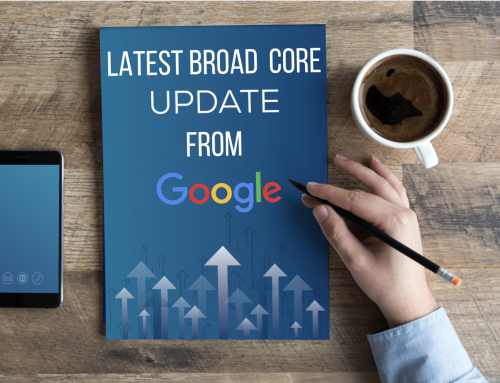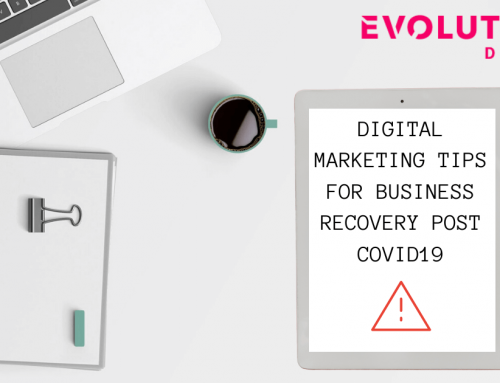Below are some helpful steps and tips that you should try implementing to achieve ad copy that converts. Be it for PPC or Facebook ad copy, these 6 tips are the essential Google & Facebook Ad copy best practises.
1- STEP INTO THE SHOES OF YOUR AUDIENCE.
When writing ad-copy that will resonate with your audience, you must first understand who your audience is. What appeals to them? What sort of tone connects with them? Research is a vital component of any Facebook or PPC campaign. Never simply do things off the bat, always have reasoning behind your actions. Ad copy will vary based on the target audience, so before writing anything- understand who you’re speaking to, how they think, what they like and what they need. Then proceed to paint your product in a light that will prove attractive and appealing to your audience. Tools such as Audience Insights and Google Analytics are essential tools to inspect your audience and create audience personas based on solid data. Use these audience personas to justify your ad copy decisions.
2- FEED THEIR NEEDS
You’ve probably heard of, or thought to yourself, the common phrase “but what would I get out of it?” This is the most natural thought of the everyday consumer, constantly comparing and looking for the best offer to whatever it is they’re looking for. When it comes to ad copy, you’re essentially creating the best sales pitch possible in just a few sentences, while not being too sales-focused and in their face. People wouldn’t respond to that behaviour face-to-face and screen-to-screen is no different. Show the reader how your product or service will benefit them, rather than focusing on the features of your product or how amazing your brand is. Have respect for your audience and prove to them how you can benefit them, not the other way around. Make your copy personal and include the word ‘you’ a lot. After all- it’s all about them since they’re the ones doing you the favour of converting.
3- INCLUDE EMOTIONAL TRIGGERS
There’s nothing quite like an emotional response to instil a desire for change. Hamish Pringle and Peter Field conducted a study in their book “Brand Immortality: How Brands Can Live Long and Prosper” that proves that emotion spurring ads are the most effective. After examining 1400 case studies of prosperous ad campaigns, they concluded that solely emotion content performed twice as good as campaigns with purely logical content. Think about what makes your audience feel, what they fear, what they may not realise they’re missing, and manipulate these emotions. Your product or service exists to assist a certain type of person out there. This person may have a need for your product, you just need to make them realise it, by using ad copy that induces those emotions.
4- INSTIL FOMO
FOMO, or ‘Fear of missing out’ is a pretty self-explanatory term that has come to be universally recognised due to the social media age, full of acronyms and abbreviations, that we’re now living in. The psychological term for it is ‘Loss Aversion’, and it proves that, scientifically, humans are all wired to feel FOMO. Apply this concept to your ad copy and include a sense of urgency and display special-offer expiration dates in your ad copy. This will push people to feel they need your service or product simply because it’s on sale for a limited time. I’m sure we’re all familiar with impulse buying, you’re in the supermarket and you came to purchase milk, but you see a special offer running and so suddenly it’s like your arm has a mind of its own and is throwing biscuits into your basket, even though you have them at home already. Soon you’re coming out with bags of shopping that you didn’t even want in the first place, and yet you feel content as though you’ve saved in the long run. This has been proven to work just as effectively with online marketing.
5- PRIORITIZE WHAT’S IMPORTANT
We live in a world of skimming and short attention spans. The serial position effect is a theory that proves that humans tend to best recall the first and last parts of a series/list of material, and the middle tends to be forgotten. When you read a book, watch a television show, you often remember how it starts and how it ends, right? The same theory often proves correct with ad copy. So get your point across in the first couple sentences, or in the heading, as well as including some relevant stand out information at the end of your ad copy.
6- TEST, TEST AND TEST AGAIN
If you’re experienced in digital marketing, you’ll know that testing is constantly going on. See how your initial copy performs and adjust accordingly. AB testing, or testing via dynamic creative on social media advertising, can demonstrate and show clearly what your audience is responding best to. Aim to improve daily, and constantly be improving and testing new ad-copy to find out what works best for you. People are fickle, unique and constantly changing, so remember that at the end of the day; trial and error will be a major part aspect to writing the perfect ad copy that gets you maximum click-through rates, traffic and hopefully conversions.
The above will hopefully give you some guidance when it comes to implementing ad copy best practices, but there is no straightforward formula, it will all come down to testing and seeing what works best. It can seem frustrating to have to be constantly modifying and testing campaigns but just look at it as a constant improvement towards higher ROI and conversions. Good luck!




